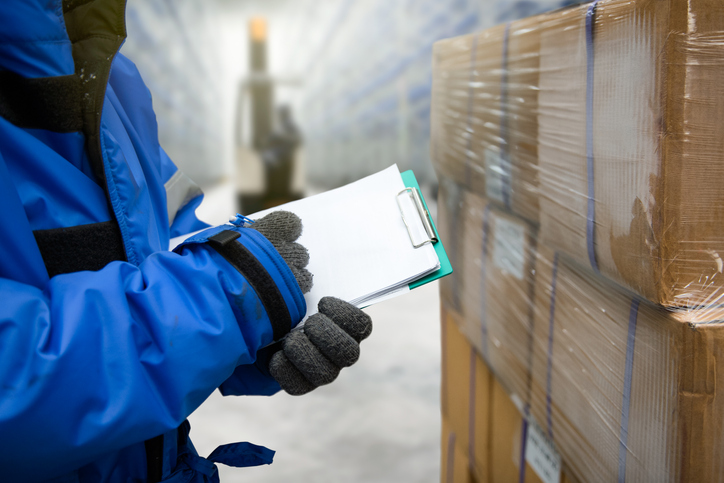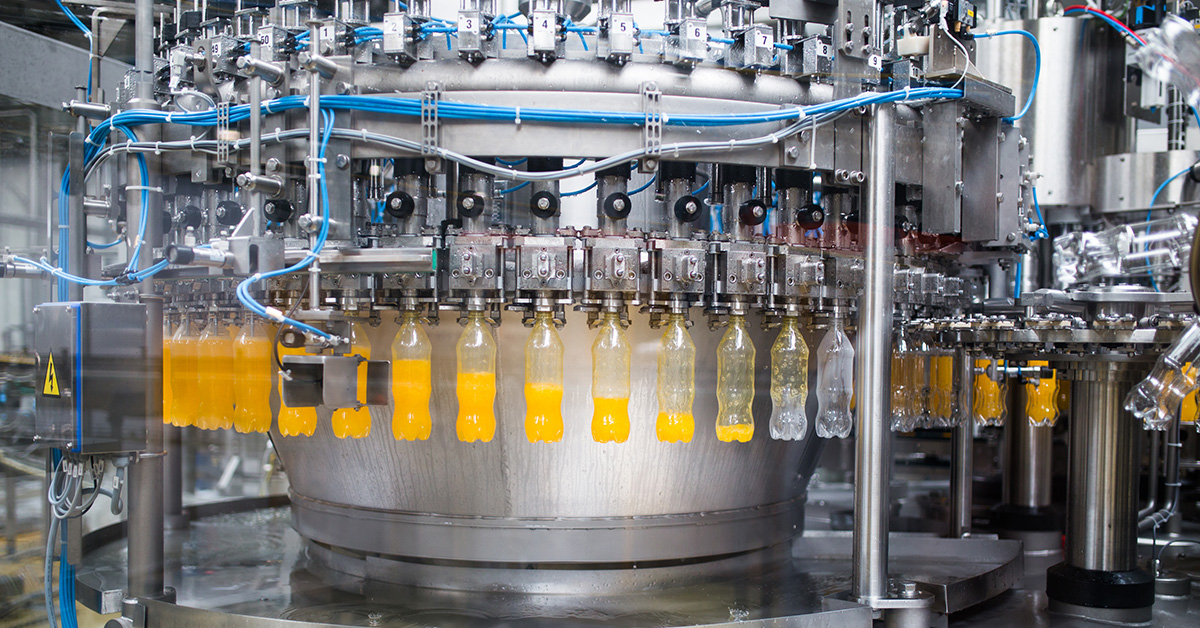
Wet and dry ice chilling are standard methods for cooling equipment that keeps consumable goods safely chilled. However, they come with cost, performance, safety, and usability drawbacks that compel companies to seek better alternatives.
Wet ice chiller drawbacks include:
- Extra handling
- Added labor for wastewater disposal
- Could cause additional maintenance issues
- Water purity testing costs
- Chemical handling costs (proper pH levels)
- Filtration costs (well/city water)
- Cross-contamination potential
- Potential of bacteria growth
- FDA requirements/certifications required
- Issue of producing too much or not enough
Dry ice chiller drawbacks include:
- Extra handling and labor
- High investment costs
- Additional maintenance issues
- Direct contact freezing burns reduce food quality
- Below -100 degrees requires more PPE
- Danger of asphyxiation if area not well ventilated
- FDA requirements/certifications required
- Issue of producing too much or not enough
Whether you are using wet or dry ice chilling, switching to an industrial-grade food processing chiller can help you:
- Save money
- Improve chiller performance
- Gain more precise temperature control
- Lengthen compressor lifespan
- Promote food and operator safety
- Enjoy hassle-free usage
Continue reading to learn more about these six compelling reasons to swap wet and dry ice chilling for an industrial-grade air- or water-cooled food processing chiller for your food processing needs.






